1. Sprinkling Baking Soda on Carpets Before Vacuuming
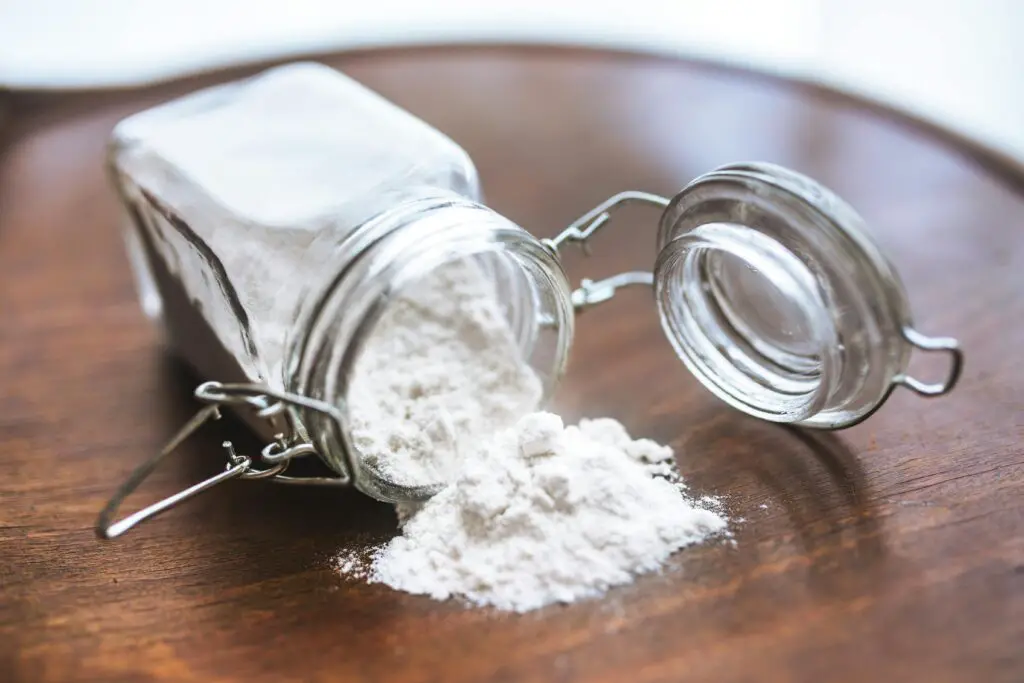
Boomers loved baking soda like it was some kind of miracle powder, and honestly, they weren’t wrong. One of their best tricks was sprinkling it over carpets before vacuuming to eliminate odors. Whether it was pet smells, cigarette smoke, or just that stale carpet funk, baking soda soaked it all up like a sponge. After letting it sit for about 15 minutes, they’d vacuum it up, leaving the carpet smelling fresh and clean. This was way before fancy carpet deodorizing powders hit the shelves, and baking soda did the job just as well, if not better. It was also way cheaper, which made it a go-to trick for frugal households.
Even today, this is one of the easiest ways to refresh a room without using strong chemical sprays. It’s perfect for high-traffic areas that tend to hold onto smells, like entryways or living rooms. Some boomers even added a few drops of essential oil to the baking soda for an extra burst of freshness. If your vacuum has ever left behind a musty smell, this trick can help deodorize it while freshening up your floors. It’s proof that sometimes the simplest solutions are the best, and boomers knew exactly how to make everyday ingredients work in unexpected ways.
2. Using Bread to Pick Up Broken Glass
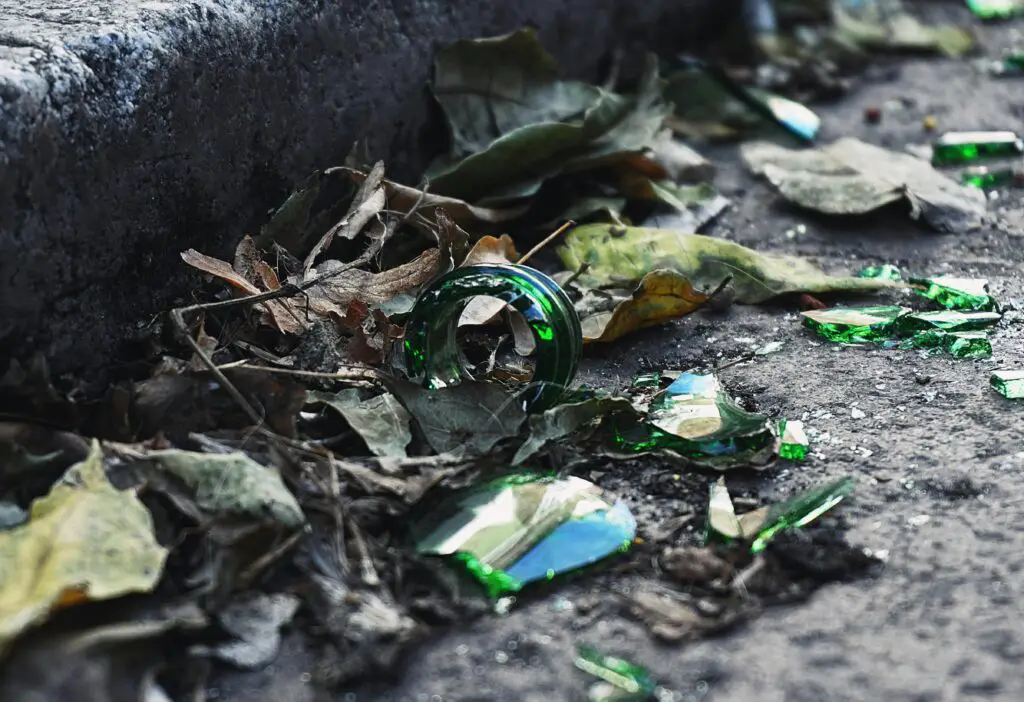
Boomers had a way of making do with what they had, and when a drinking glass hit the floor, they didn’t always reach for the dustpan. Instead, they’d grab a slice of sandwich bread and press it gently over the tiny shards. The softness of the bread trapped the minuscule pieces that a broom might miss, making it a surprisingly effective way to prevent stray glass from ending up in someone’s foot. This trick was especially handy in homes with kids or barefoot walkers who didn’t want to risk an unfortunate step. It was also a lot quieter than dragging a metal dustpan across the floor, which might explain why so many parents swore by it. Plus, let’s be real—there was always a spare slice of Wonder Bread hanging around says MSN. Even today, this trick works like a charm, especially on tile or hardwood floors where glass tends to scatter. The slight dampness of fresh bread helped pick up those pesky little pieces that seem to vanish into thin air. It may not be the most modern solution, but it got the job done without a fancy vacuum or expensive cleaning product.
If you’re ever in a pinch, this is still a great way to clean up a shattered glass without cutting yourself. Just be sure to press the bread down lightly and throw it away immediately so no one accidentally takes a bite! Some boomers even used this trick to clean up glitter, proving that bread was basically the Swiss Army knife of cleaning tools. This was long before anyone had fancy handheld vacuums or disposable cleaning wipes for every little mess. It’s easy to see why this method stuck around—it was simple, effective, and always within arm’s reach. In a world where cleaning products keep getting more complicated, sometimes the simplest tricks really do work best.
3. Polishing Wood With Mayonnaise
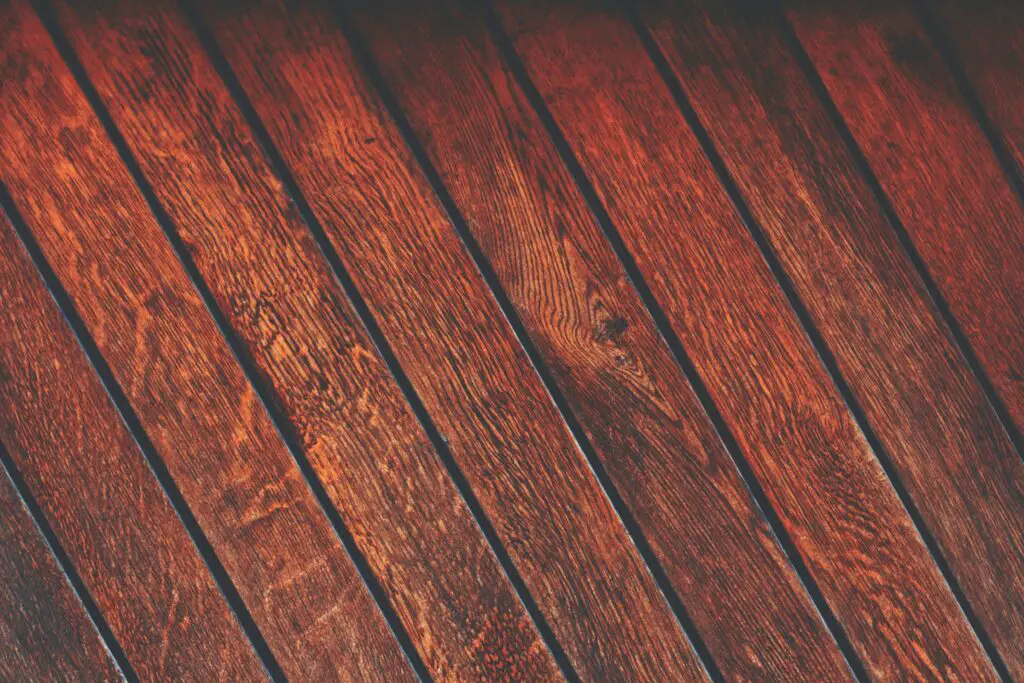
It might sound like a joke, but boomers swore by mayonnaise for getting rid of water rings on wooden furniture. If someone forgot to use a coaster and left an ugly white ring on a coffee table, a dollop of mayo and a little patience could work wonders. The oils in the mayonnaise helped rehydrate the wood, making the stain fade away like magic. Some people would mix in a little bit of cigarette ash—yes, really—to boost the effect, but the mayo alone was usually enough. All you had to do was spread a thin layer over the ring, let it sit for an hour or so, and then wipe it off with a soft cloth. Somehow, this worked better than most store-bought furniture polishes, which is why boomers stuck with it for years. It was especially popular with grandmothers who had treasured wooden furniture that needed to stay pristine adds Yahoo!
To this day, some people still swear by the mayonnaise method, even though it feels a little weird to be rubbing sandwich spread into your furniture. It’s a perfect example of how boomers made use of everyday kitchen staples for more than just food. Considering how much modern furniture polish costs, this trick still holds up as a budget-friendly alternative. Plus, mayo is easy to find and doesn’t have the harsh chemicals that some cleaning sprays contain. Just don’t forget to wipe it off thoroughly unless you want your table smelling like a deli counter!
4. Cleaning Windows With Newspaper

Before paper towels became a household staple, boomers relied on newspapers to get their windows sparkling clean. Unlike paper towels, newspaper didn’t leave behind lint or streaks, making it the perfect tool for wiping down glass. It worked especially well with a little bit of vinegar and water, which acted as a natural cleaner without any harsh chemicals. This was back when people actually got a daily newspaper, so it was a way to repurpose something that would otherwise end up in the trash. Plus, it was free—something boomers always appreciated when it came to household hacks. The trick was to crumple the newspaper into a ball and wipe in circular motions, which helped avoid those annoying streak marks explains BuzzFeed.
Even though newspapers aren’t as common anymore, this method still works wonders for anyone willing to try it. It’s especially useful for car windows, where streaks can be extra noticeable. If you ever find yourself out of paper towels, grabbing an old newspaper might just save the day. Some people claim that the ink even adds a little extra shine, though that might just be an old wives’ tale. Either way, it’s another example of how boomers found creative ways to clean without spending a dime.
5. Rubbing a Walnut Over Scratches in Wood
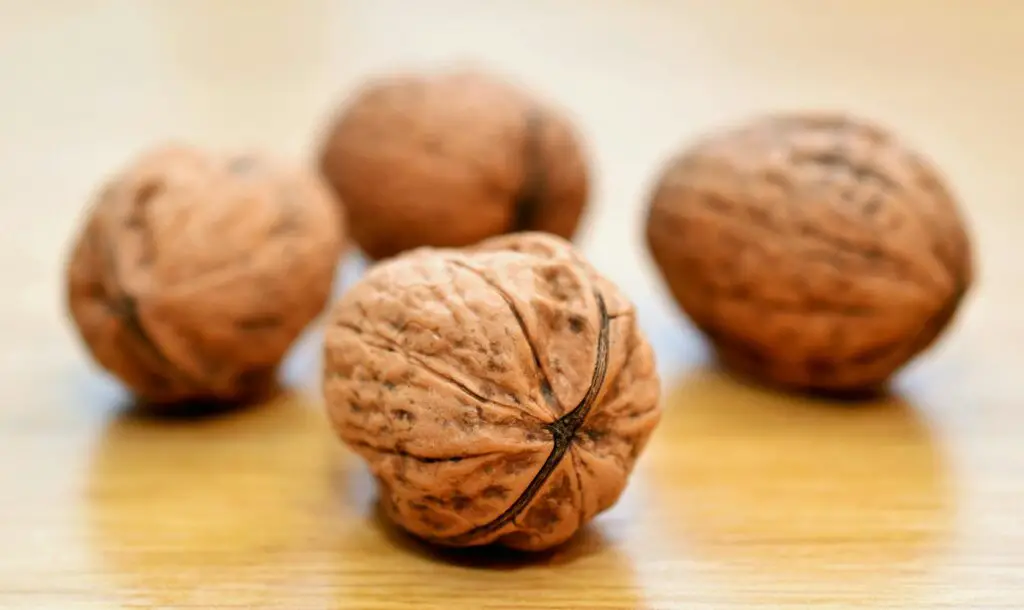
Boomers had a trick for fixing scratched-up furniture that didn’t involve buying expensive repair kits. Instead, they’d grab a walnut—yes, an actual walnut—and rub it over the scratch. The natural oils in the nut would seep into the wood, making minor scuffs and scratches disappear. It wasn’t a perfect fix, but it worked surprisingly well for small dings and worn spots. This was especially useful on older wooden furniture that had seen better days but wasn’t worth refinishing. It was a simple, no-cost solution that kept furniture looking decent without too much effort.
The best part was that it didn’t involve any harsh chemicals, making it a safe option for homes with kids and pets. It’s still a great hack for anyone who wants a quick and easy way to touch up their wood furniture. If you don’t have a walnut on hand, some people say pecans work too, though the effect isn’t quite as strong. Considering how much professional wood repair can cost, this little trick is definitely worth trying. It’s just another example of how boomers found clever solutions to everyday problems without relying on store-bought fixes.
6. Using Ketchup to Shine Copper and Brass
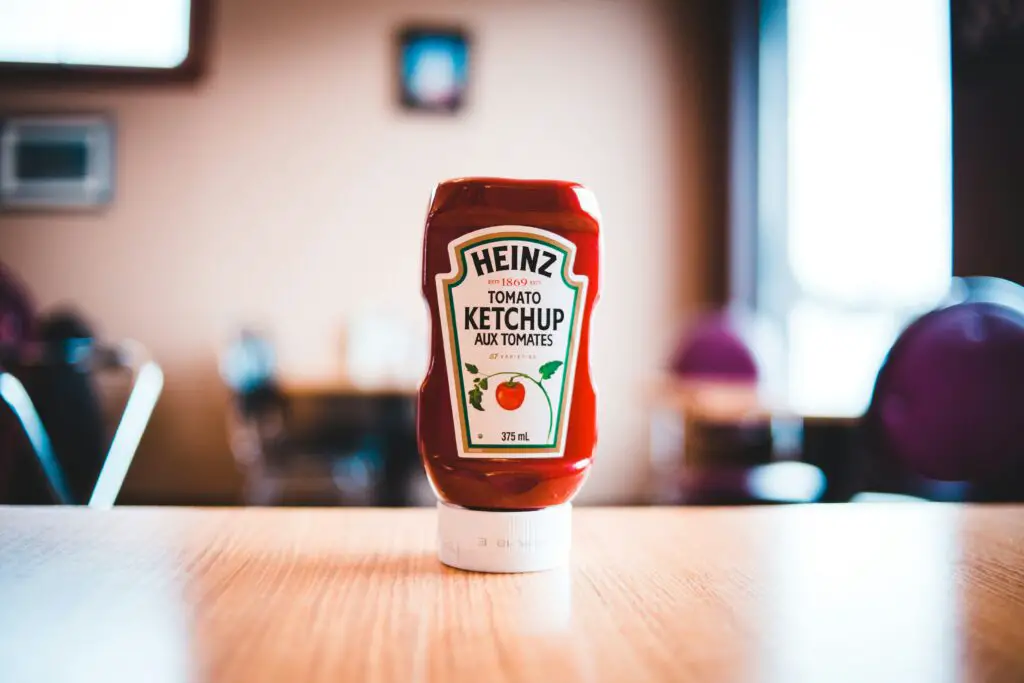
Boomers had a knack for using condiments for things other than food, and ketchup was one of their secret weapons for cleaning. If copper pots, brass fixtures, or even old pennies started looking dull, a bit of ketchup could bring back the shine. The acidity in the tomatoes and vinegar worked to break down tarnish, making it a cheap and easy alternative to expensive metal polishes. All they had to do was rub a thin layer of ketchup onto the surface, let it sit for a few minutes, and then wipe it off with a soft cloth. After a quick rinse, the metal looked noticeably brighter, almost like new. Some people even used this trick on jewelry, though it worked best on things that weren’t too delicate.
It might sound odd, but the results spoke for themselves, and many boomers swore by it. This was especially popular in homes with old brass candlesticks, copper-bottomed pans, or decorative metal pieces that tended to tarnish over time. It was an easy fix that didn’t involve harsh chemicals, making it a favorite for people who liked natural cleaning methods. Even today, if you ever find yourself dealing with dull copper or brass, a little ketchup might just do the trick. Just don’t leave it on too long, or it can get a little sticky!
7. Removing Water Stains With an Iron
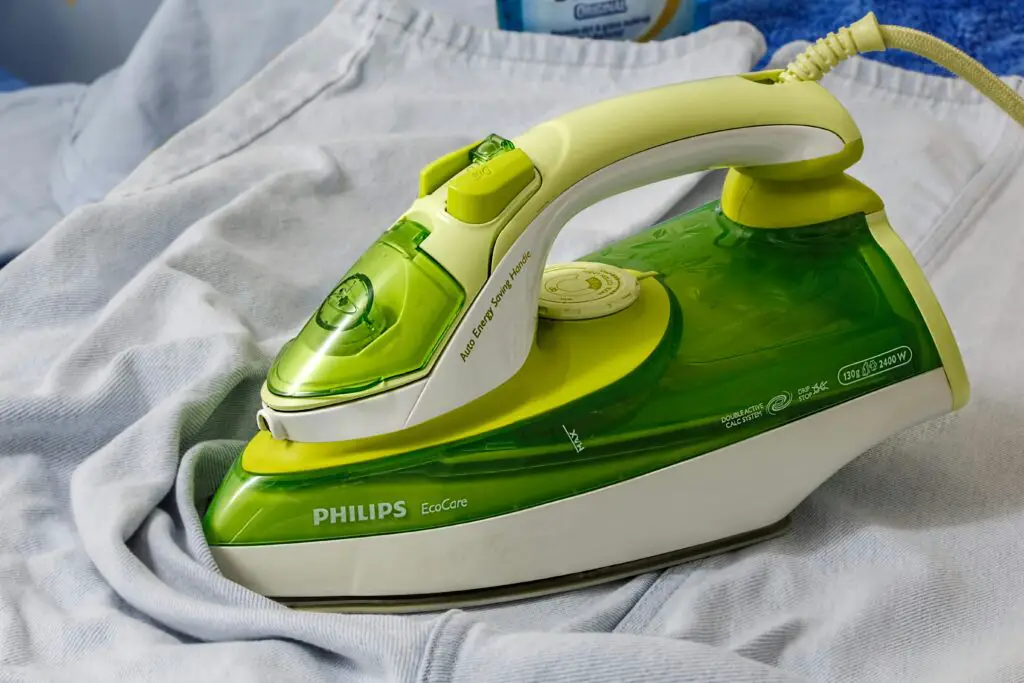
If there was one thing boomers hated, it was an unsightly water stain on their furniture. Whether it was from a sweaty glass or a potted plant, those white rings were the bane of their existence. Instead of buying expensive wood refinishing kits, they had a much simpler fix—using an iron. They’d place a thin towel or cloth over the stain, then run a warm iron over it for a few seconds. The heat helped evaporate the trapped moisture inside the wood, gradually making the stain disappear. Sometimes they’d add a little steam, and in many cases, the ring would fade away like magic.
It was a delicate process, but when done right, it worked wonders without damaging the furniture. Many boomers passed this trick down to their kids, though it’s not as commonly used today with the rise of commercial furniture polish. Still, if you’ve ever forgotten a coaster and ended up with a frustrating white ring, this old-school method might just save your table. Just be sure to use a low setting and check frequently to avoid overheating the wood. Boomers may not have had access to fancy stain removers, but they knew their way around a household hack!
8. Cleaning Cast Iron With Salt and a Potato
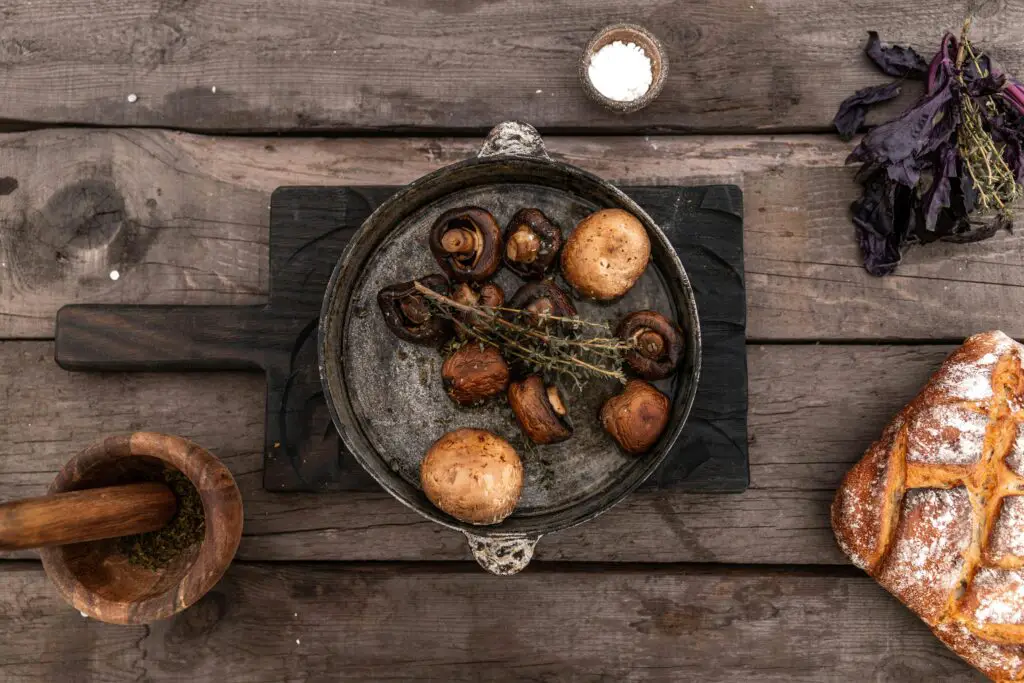
Boomers understood the importance of properly maintaining their cast iron cookware, and they had a genius way of doing it. Instead of using soap, which could strip the seasoning, they used coarse salt and a potato to scrub away stuck-on food. The salt acted as a gentle abrasive, while the moisture from the potato helped lift debris without damaging the pan’s surface. It was a surprisingly effective method that left cast iron skillets clean without compromising their non-stick seasoning. Some people even added a little oil to the mix to keep the pan conditioned and prevent rust.
This method is still widely used today, especially among cast iron enthusiasts who want to keep their pans in top shape. It’s a natural, chemical-free way to clean without resorting to harsh scrubbing or detergents. Plus, it’s a great excuse to use up that one sad potato sitting at the back of the pantry. Boomers were all about practical solutions, and this was just another example of how they made everyday ingredients work for them. If you’ve ever struggled with cleaning a cast iron pan, this weird but effective trick is worth a try!
9. Rubbing Chalk on Greasy Stains
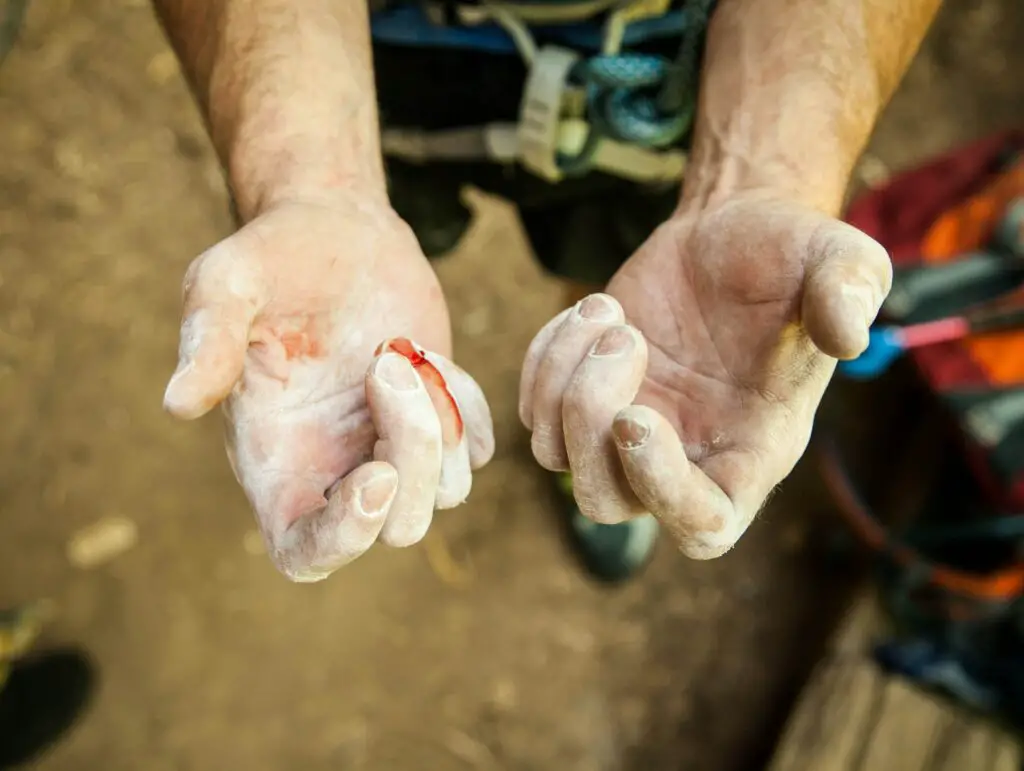
Boomers had a way of handling grease stains that didn’t involve running out to buy a stain remover. Instead, they’d grab a piece of white chalk and rub it directly onto the greasy spot before tossing the fabric into the wash. Chalk was great at absorbing oil, pulling it out of the fabric so the detergent could wash it away more easily. This trick worked wonders on everything from shirt collars to kitchen aprons and even upholstery. It was especially useful in households where people did a lot of home cooking, which often led to unexpected grease splatters.
Even though chalk isn’t something most people keep on hand anymore, this trick still works if you ever find yourself dealing with an oil stain. It’s a simple, no-cost solution that can save a favorite shirt from being ruined. Some boomers even kept a stick of chalk in the laundry room just for this purpose. It’s proof that you don’t always need fancy cleaning products—sometimes, the simplest tools get the job done. If nothing else, it’s a good reason to hang onto that box of sidewalk chalk you haven’t touched in years!
10. Freshening Up Mattresses With Vodka
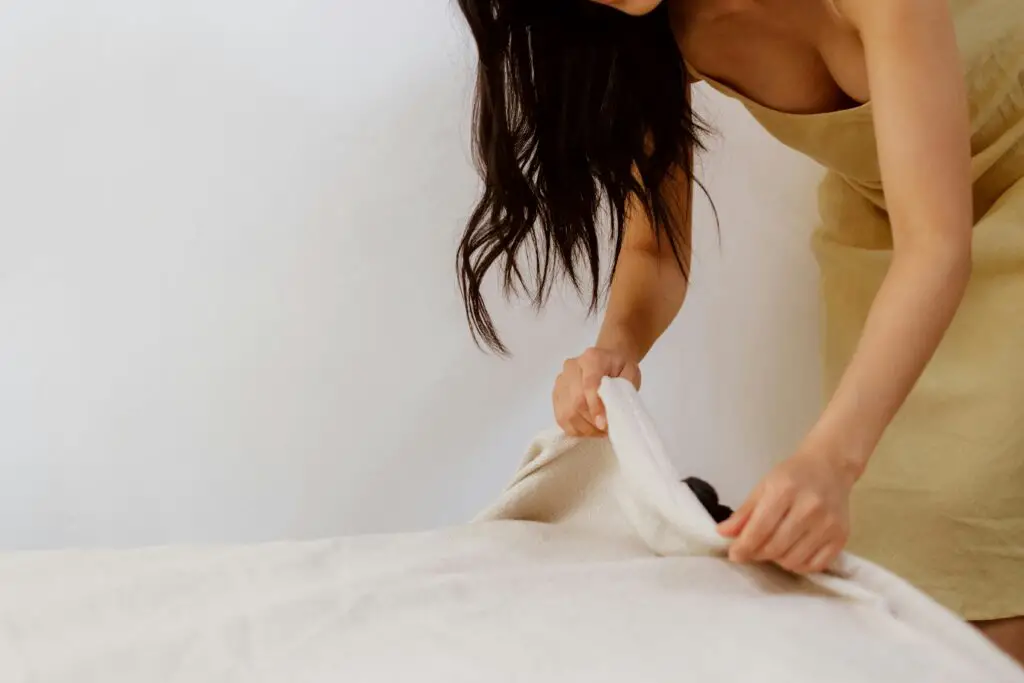
Boomers weren’t shy about repurposing alcohol for cleaning purposes, and one of their best-kept secrets was using vodka to freshen up mattresses. Since mattresses are hard to clean and can absorb odors over time, a light spritz of vodka helped kill bacteria and eliminate smells. They’d pour a little cheap vodka into a spray bottle, mist it over the mattress, and let it air dry. The alcohol evaporated quickly, leaving behind a fresh scent without any residue. It was a great way to refresh a bed without having to haul out a heavy-duty cleaner or deal with overpowering perfumes.
Some people even added a few drops of essential oil to make it smell extra nice. This trick worked especially well in homes with smokers or pets, where mattresses could easily pick up lingering smells. While there are plenty of commercial sprays available now, this old-school method is still a fantastic alternative. It’s cheap, effective, and doesn’t introduce unnecessary chemicals into your sleeping space. Just don’t use your good vodka—save that for cocktails!
11. Scrubbing Bathtubs With Grapefruit and Salt
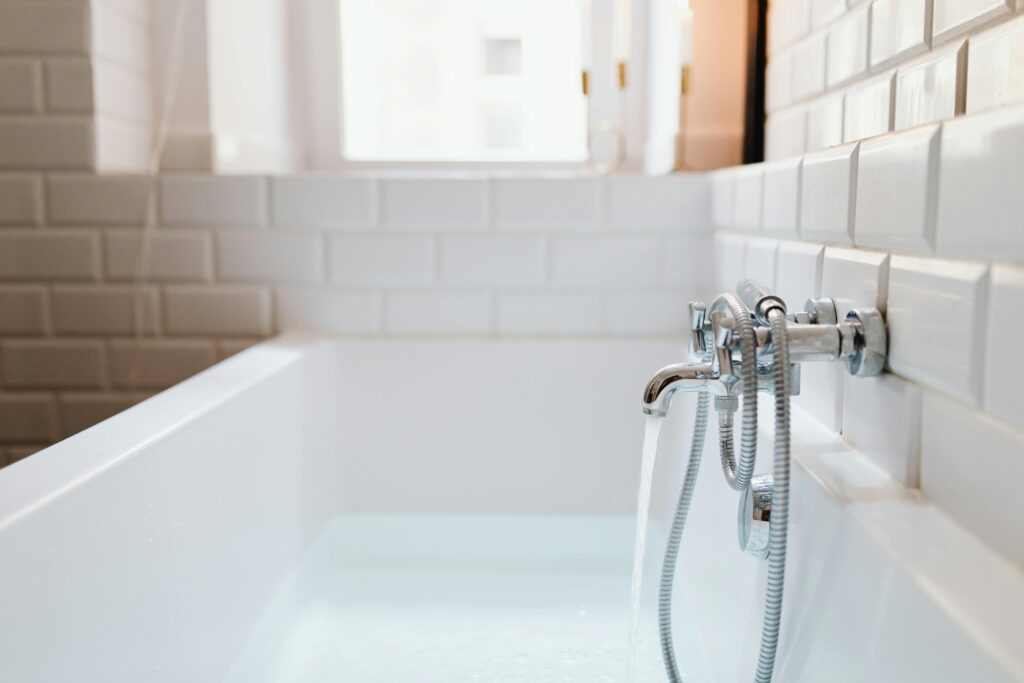
Boomers had a way of turning ordinary kitchen ingredients into powerful cleaning tools, and grapefruit was no exception. To clean a grimy bathtub, they’d cut a grapefruit in half, sprinkle it with salt, and use it like a scrub brush. The acidity in the fruit helped break down soap scum, while the salt provided gentle abrasion to lift away grime. It smelled way better than harsh chemical cleaners, which was an added bonus. This trick was particularly popular in homes with clawfoot tubs or porcelain sinks that needed a little extra care.
Even today, this is a great method for anyone who wants a natural, chemical-free way to clean their bathroom. Plus, it leaves the whole place smelling citrusy and fresh, which is way more pleasant than the usual bleachy scent. If you’ve got a leftover grapefruit and a bathtub in need of some TLC, this is one trick that’s worth trying. Just be sure to rinse thoroughly to avoid any sticky residue. Boomers might not have had access to all the modern cleaning products we do now, but they knew how to make the most of what they had!
12. Using Coffee Grounds to Deodorize the Fridge

Boomers had a clever way of keeping their refrigerators smelling fresh, and it didn’t involve fancy air fresheners. Instead, they’d place a small bowl of used coffee grounds inside the fridge to absorb unwanted odors. Coffee grounds naturally neutralize smells, making them perfect for getting rid of any lingering funk from forgotten leftovers. This was especially handy in homes where people stored strong-smelling foods like onions, garlic, or fish. Instead of throwing out their morning coffee grounds, they’d repurpose them into a simple, cost-effective deodorizer.
This trick is still just as useful today, especially if you want a natural alternative to baking soda. It’s also a great way to reuse something that would otherwise be tossed out. Some boomers even put coffee grounds in their trash cans or near litter boxes to help absorb odors elsewhere. It’s another example of how they found creative, budget-friendly solutions for everyday problems. If your fridge ever starts smelling a little funky, don’t be surprised if an old-school boomer tells you to reach for the coffee grounds!
13. Cleaning Jewelry With Toothpaste

Boomers had a simple yet surprisingly effective way of making their jewelry sparkle without spending money on fancy cleaners. Instead of buying expensive polishing solutions, they used plain white toothpaste to clean their rings, bracelets, and even silverware. The mild abrasives in toothpaste helped remove tarnish and buildup without damaging the metal. All they had to do was rub a small amount onto the jewelry with a soft cloth or an old toothbrush, then rinse it off with warm water. It worked particularly well on silver, but some even used it on gold and gemstones.
This trick is still useful today, especially if you’re in a pinch and need a quick way to shine up a piece of jewelry before heading out. Just make sure to avoid using it on delicate or porous stones like pearls, as the abrasives can be too harsh. It’s another example of how boomers found creative ways to clean without relying on store-bought products. Plus, considering how much jewelry cleaner costs, it’s a great way to save a little money. Sometimes, the old-school methods really do hold up!
